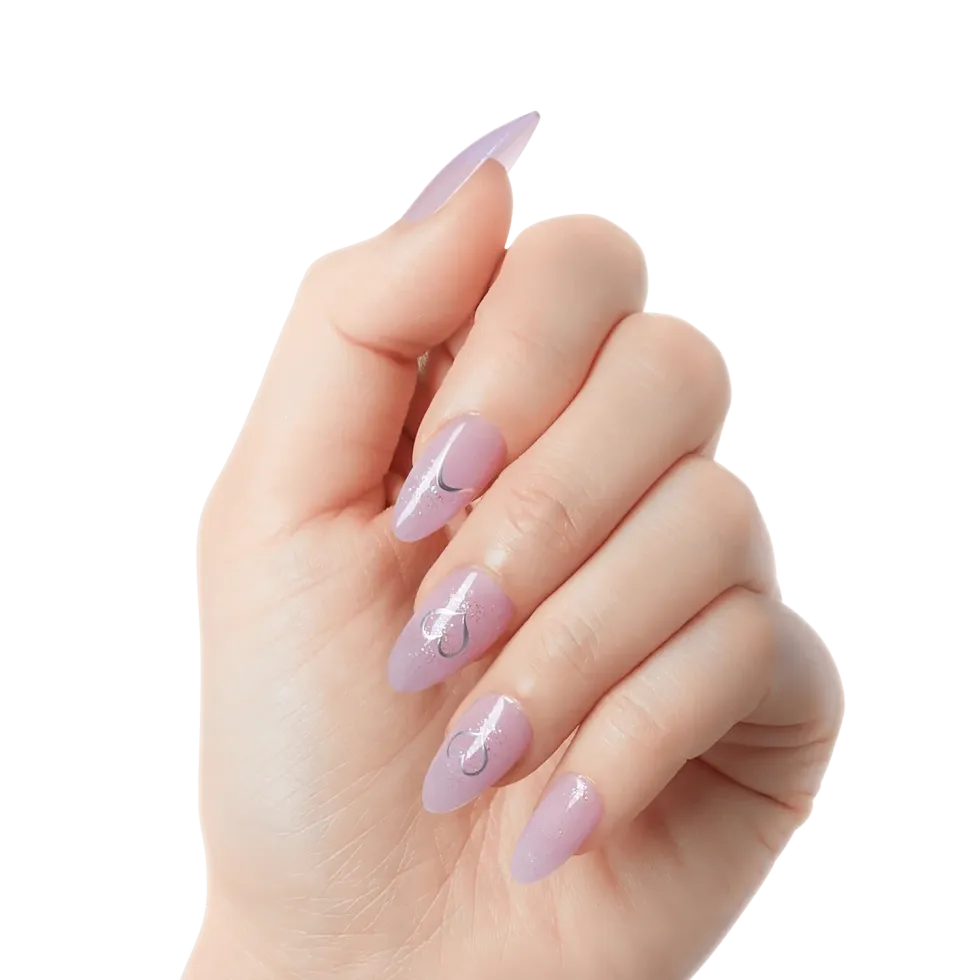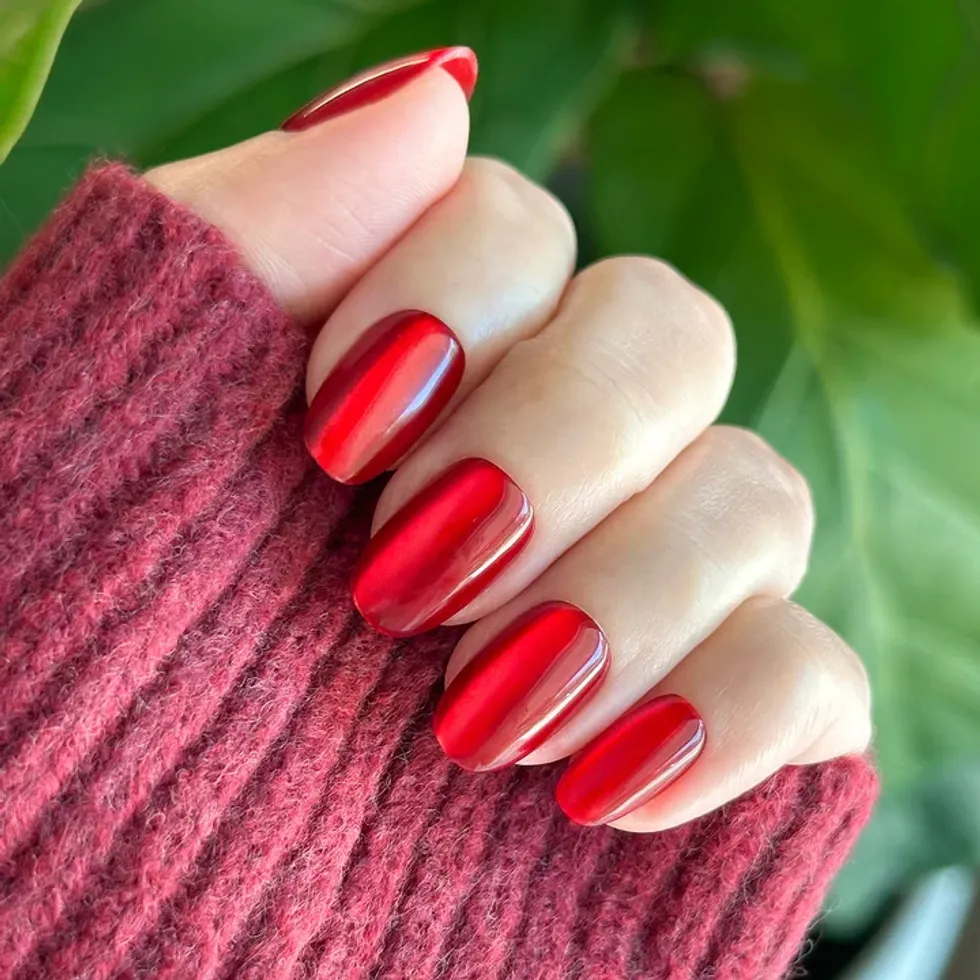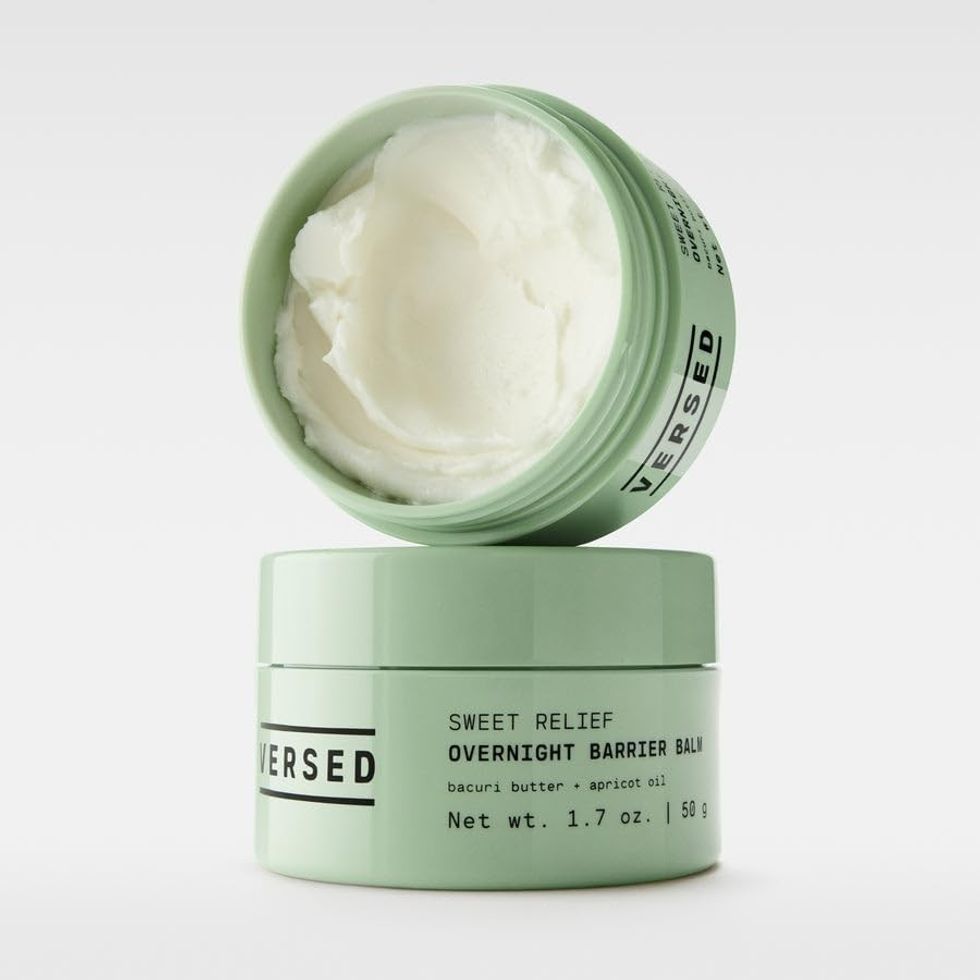Everything you’ve ever wondered about salt.
Everything You Need to Know About Different Types of Salt

All the different types of salt are pretty much the basis to everything delicious, including many of your favorite desserts (no, really!). Of course, if you’ve ever been to the supermarket and tried to buy salt, you’ve probably realized that there are a bunch of different kinds. Every variation of this essential ingredient looks and tastes unique, plus interacts with foods in ways you could never expect. Here’s all that you need to know about the most common kinds of salt, including how it’s made, what it tastes like, and which are best for baking, cooking, and garnishing.

Image via Half Baked Harvest
Flake Salt
This salt is made by boiling sea brine (the most famous is from Maldon, England) until it evaporates and forms thin, diamond-shaped flakes (hence the name). Since it has a wider and thinner makeup, it's best used for finishing dishes so that you can enjoy the extra salty, briny flavor and crunchy texture.
Try it with Salted Tahini Butter Chocolate Chip Cookies.
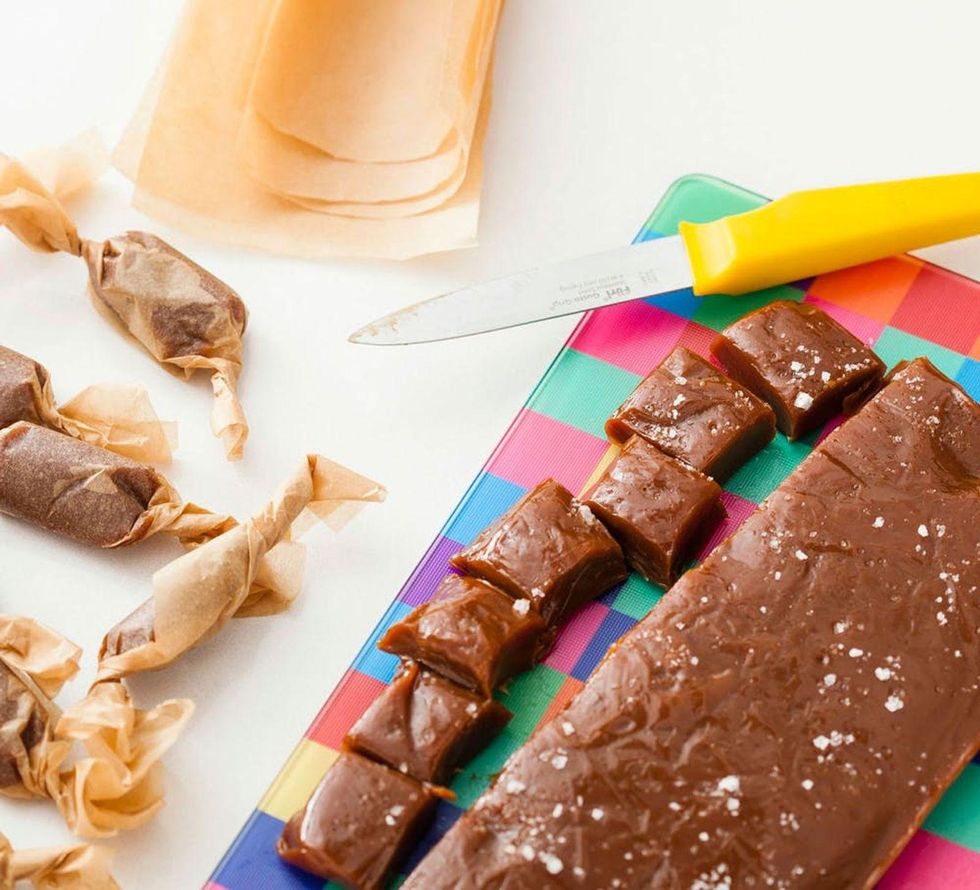
Fleur de Sel
Fleur de sel (which means flower of salt) is raked in straight off the shores of Camargue in southern France. Harvested only during August from evaporation pools, it carries a hefty price tag — a single four-ounce container can set you back $10 or more. It’s incredibly delicate and dissolves quickly, so though you can technically cook with it, it’s probably best to save it for finishing instead.
Try it with Mezcal Spiked Caramels.
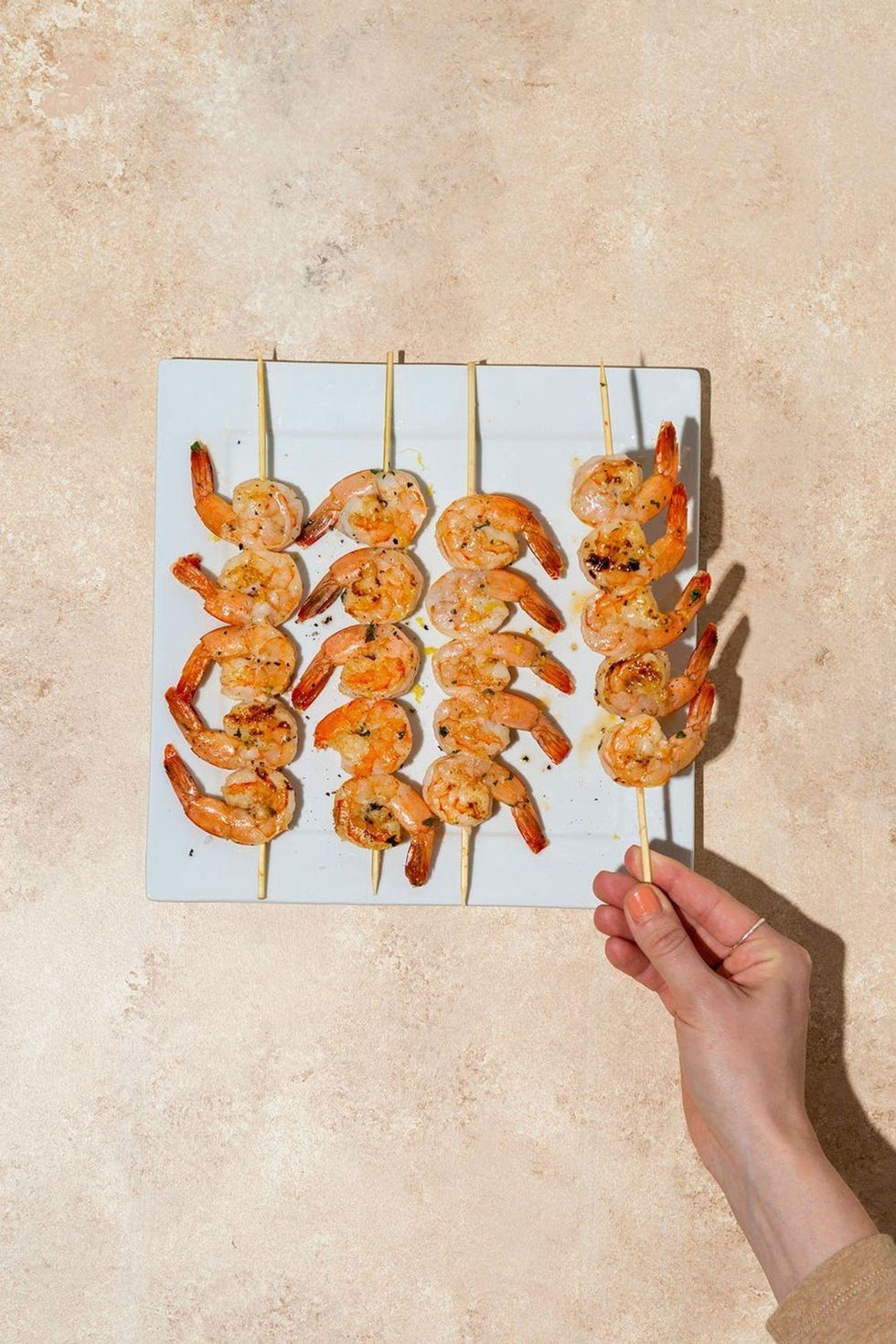
Himalayan Salt
You may recognize Himalayan salt as that gorgeous pink rock lamp your coworker has on her desk. Yes, it’s big on the decor scene, but it’s also really tasty. It can be used in place of Kosher or table salt, but is best when used to sprinkle over finished dishes. The salt is mined from reserves in the Himalayan mountains, specifically in parts of Pakistan, so it is pure without any of the contaminants like plastic found in sea salt. It’s slightly healthier than table salt thanks to the small amounts of minerals like potassium and magnesium. It conducts heat higher than some of the other salts, making it great for grilling meat and seafood.
Try it with Stovetop, Grilled, Or Oven Shrimp.
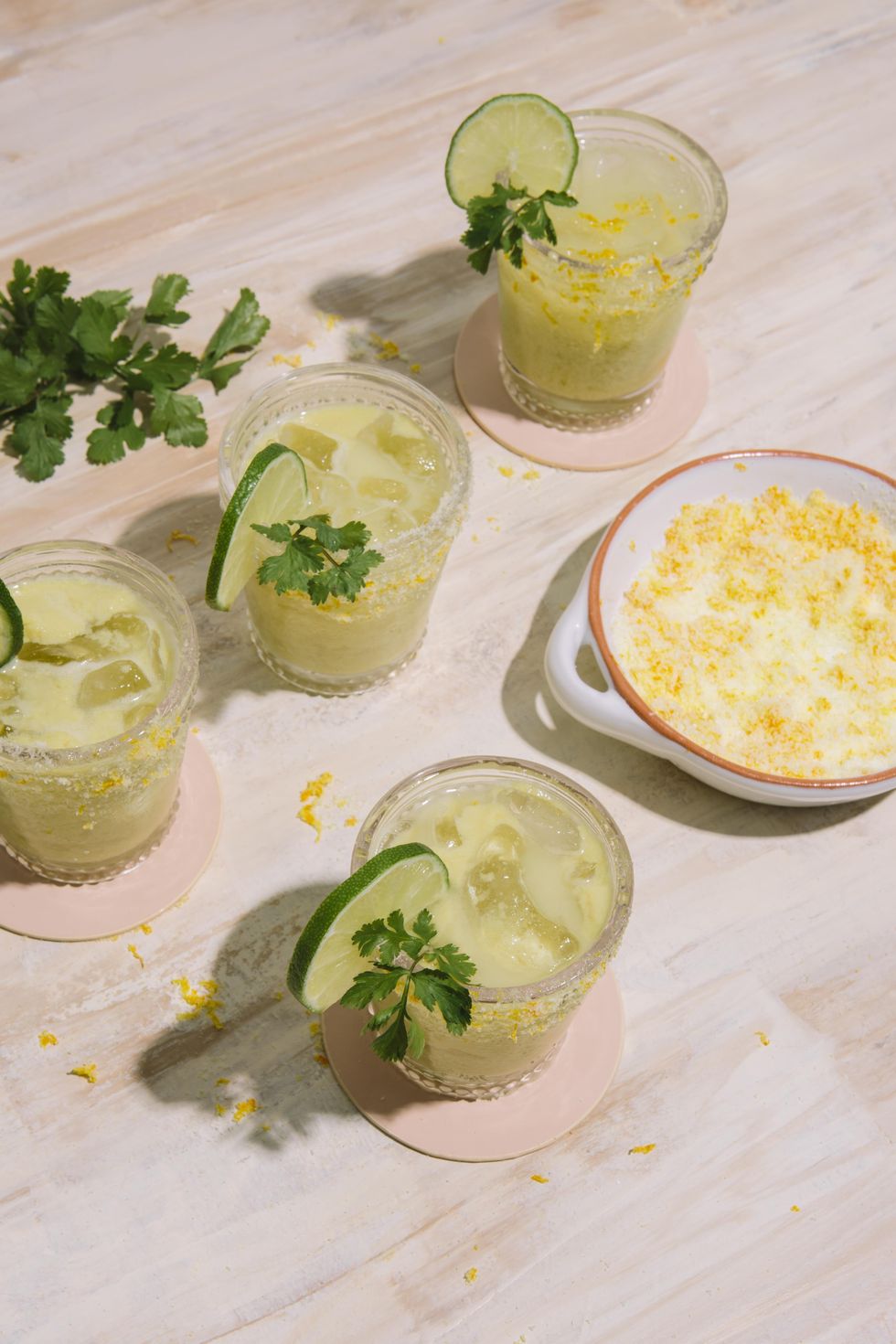
Kosher Salt
Kosher salt is a great all-purpose salt, because its course grains dissolve quickly and easily. It gets its name from its ability to draw moisture out from meat (koshering it) and it contains less sodium than table salt (1 teaspoon table salt is roughly equivalent to 1 1/2-2 teaspoons Kosher salt). You can use it while cooking or baking, and it works especially well for seasoning meat. Kosher salt can come from the land or the sea and isn’t iodized like table salt.
Try it with Keto Avocado Margaritas.
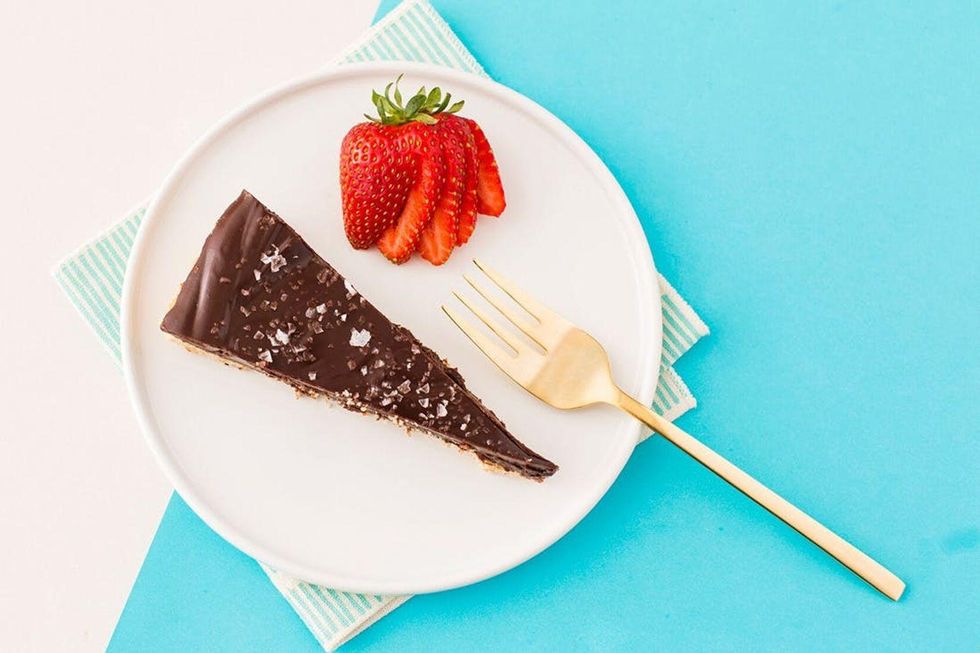
Sel Gris
You’ll recognize this salt by its gray color (the French name literally translates to gray salt, after all). It’s often called Celtic sea salt, because that’s where it’s harvested by hand in shallow evaporation pools. This version is very fine and slightly damp (it has a similar texture to wet sand), and the gorgeous color and light flavor make it great for cooking or finishing dishes.
Try it with a Salted Chocolate Tart.
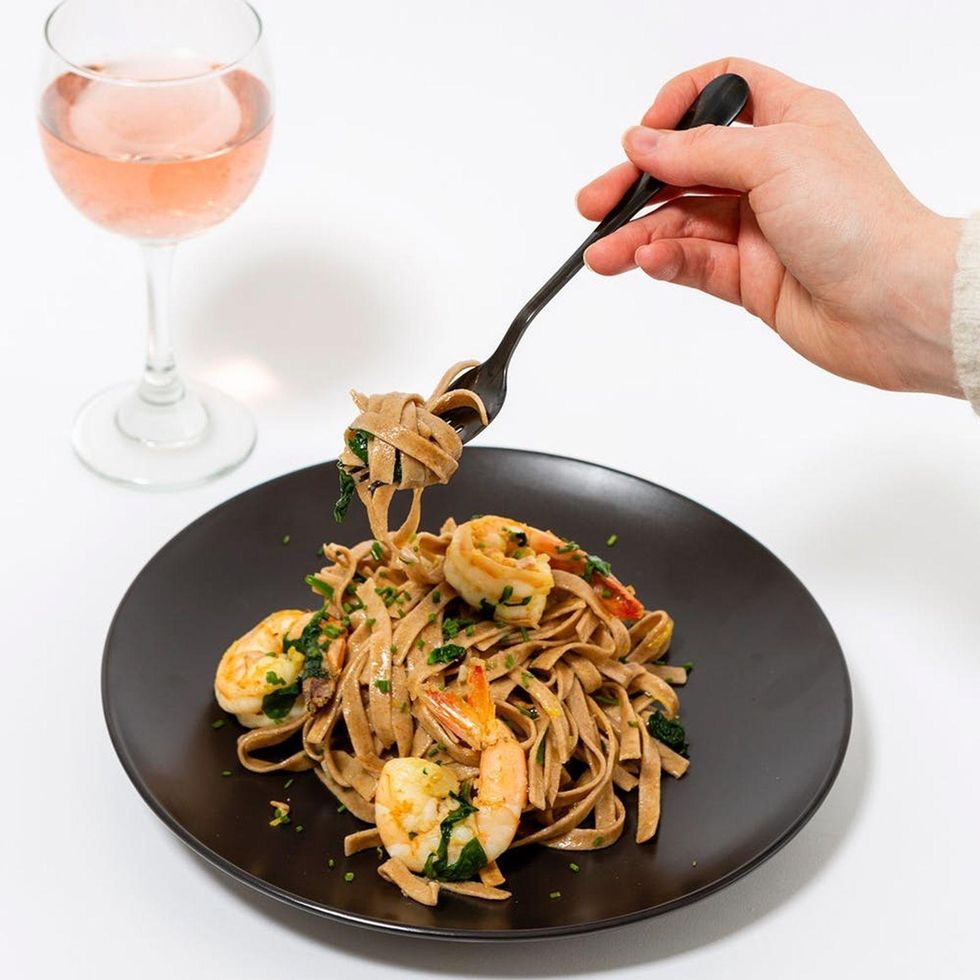
Table Salt
The salt on the table at a restaurant? Yep, that’s table salt! Usually it’s harvested from the earth rather than the sea and is mined in salt deposits underground. It’s much finer than Kosher salt and has more sodium chloride than sea salt. Many bakers prefer it because it generally dissolves faster and more evenly than other salts. It’s also always iodized, which can help maintain a healthy thyroid.
Try it when boiling the water for a One Pan Complete Pasta Meal.
Show us how you’re using your favorite types of salt by tagging your photos with @BritandCo.
This post has been updated.
(Image via Autri Taheri/Unsplash)












































